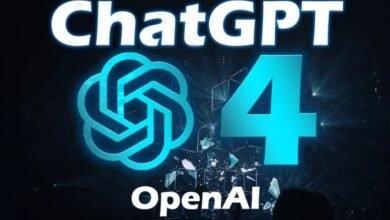How does GPT-4 compare to GPT-3 and other language models?

The development of Generative Pre-trained Transformer (GPT) language models has revolutionized the field of natural language processing (NLP). With the announcement of GPT-4, many researchers and industry professionals are eager to learn more about this new model and how it compares to previous models. We will explore the key differences between GPT-4 and GPT-3, as well as how it stacks up against other language models.
What is GPT-4?
GPT-4 is the next iteration of the GPT language models developed by OpenAI. While details about the model are scarce, it is expected to be more powerful and capable than its predecessor, GPT-3. GPT-4 is expected to be released in 2022 or 2023.
How does GPT-4 compare to GPT-3?
- Scale: GPT-4 is expected to have a larger number of parameters than GPT-3, which had 175 billion parameters. This increased scale could lead to improvements in the model’s performance.
- Efficiency: GPT-4 is expected to be more efficient than GPT-3, both in terms of training time and inference time. This could make it more accessible to researchers and industry professionals.
- Capabilities: GPT-4 is expected to have improved capabilities in several areas, including natural language generation, question answering, and text completion.
How does GPT-4 compare to other language models?
- T5: Google’s Text-to-Text Transfer Transformer (T5) is another large-scale language model that is often compared to GPT-3. While T5 has shown impressive results in several NLP tasks, it has not yet been tested at the same scale as GPT-3 or GPT-4.
- BERT: Bidirectional Encoder Representations from Transformers (BERT) is a widely used language model developed by Google. While BERT has shown impressive results in several NLP tasks, it is a more specialized model than GPT-3 or GPT-4 and is not designed for natural language generation.
- XLNet: XLNet is a language model developed by researchers at Carnegie Mellon University and Google. Like GPT-3 and GPT-4, XLNet is a large-scale language model designed for natural language processing. While XLNet has shown promising results in several NLP tasks, it has not yet been tested at the same scale as GPT-3 or GPT-4.
Conclusion
GPT-4 is expected to be a significant advancement in the field of natural language processing, with improved capabilities and efficiency over GPT-3. While it is still too early to say how GPT-4 will compare to other language models, it is likely to be among the most powerful and versatile language models available. Researchers and industry professionals will be eagerly awaiting the release of GPT-4 and the opportunity to test its capabilities.






